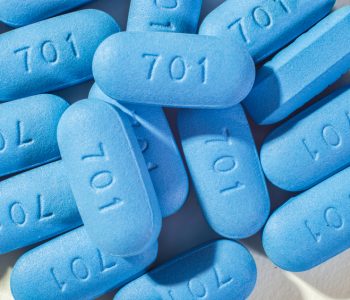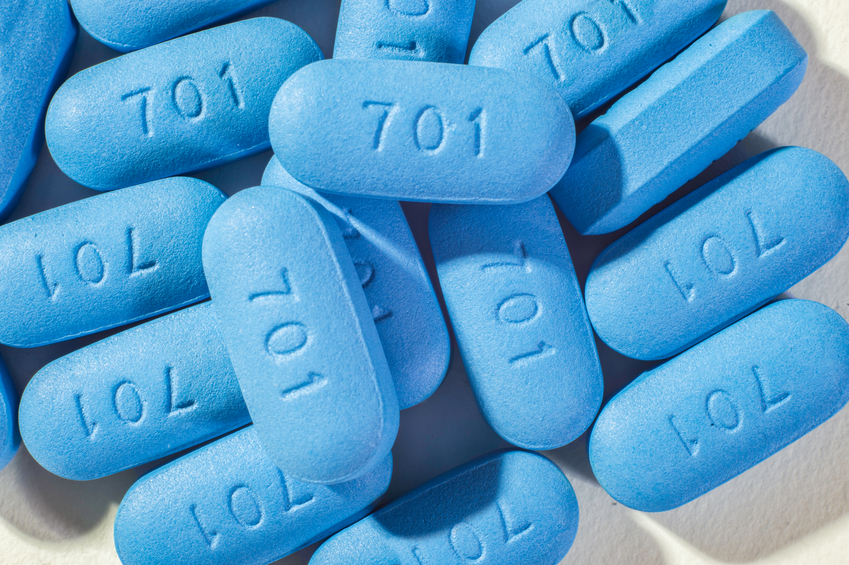Gilead Sciences, Inc.: Is It Time to Consider GILD Stock?

GILD Stock is Trading At An Attractive Valuation
Gilead Sciences, Inc. (NASDAQ:GILD) stock is down over 25% over the past year. Is now the time to consider this stock?
One of the most important aspects that investors should consider before making an investment is made is the valuation of the company. This is very important because you don’t want to purchase a company that is trading at a high valuation and overpay for an investment as a result.
History shows that when a company has a lower valuation, there is a greater probability of seeing the stock trade higher over time. And when it comes to that valuation, there are many different methods that could be used to make the necessary comparisons.
Let me explain this further.
GILD Stock Valuation
GILD stock is trading at an attractive valuation, going by the the price-to-earnings (P/E) ratio. This ratio tells an investor the multiple being paid based on the company’s earnings. In order to determine if the company is trading at a low valuation, the ratio must come in lower than its peers and the index.
The currentP/E ratio for GILD stock is 6.7 times, which is far below the industry average of 33.4 times. Also, GILD stock is trading at an attractive valuation when compared to the S&P 500 index, which has a ratio of 25.44 times.
When a company is trading at this much of a substantial discount, there tends to be something wrong with either the balance sheet or the business itself. Digging into the numbers, I believe the market is missing something, because the gross profit margins from the business are north of 80%. (Source: “Gilead Sciences Inc.,” MarketWatch, January 19,2017)
Further, Gilead’s balance sheet has a very strong cash position of approximately $31.6 billion. This represents a third of the market cap of the company. (Source: “Gilead Sciences Announces Third Quarter 2016 Financial Results,” Gilead Sciences, Inc., November 1, 2016.)
Lastly, the company is spending money on research and development (R&D) to create new treatments. Only approximately 10% of earnings are being used in this endeavor, which is very conservative.
There are currently over 25 treatments in the pipeline that are waiting for the approval by the regulatory agencies. Therefore, once approval is received, there won’t be as much spent on R&D and the selling of those treatments can begin, which will appear positively on the balance sheet.
Rewarding Shareholders
Gilead Sciences has been in business since 1987, while GILD stock has paid a dividend since 2015. In its short history of paying a dividend, there has been a total of seven payments to shareholders. The increases began after the fourth dividend was paid.
With such a large cash position and gross profit margins, future dividend hikes are possible. One piece of evidence is the payout ratio, which is the percentage of earnings that are given to shareholders via the dividend payment. As of this writing, GILD stock has a payout ratio is 17%,.
The dividend yield is 2.63%, which is based on the current trading price of $71.46.
Gilead has also been buying back shares. In February 2016, the company announced a $12.0-billion share repurchase program that would begin once the previous $15.0-billion program ended. Buybacks increase investor net worth since fewer shares on the market mean they own more of the company. (Source: “Gilead Sciences Announces Declaration of Q1 Cash Dividend and Increases to Shareholder Return Programs,” Gilead Sciences, Inc., February 2, 2016.)
Final Thoughts on GILD Stock
For patient investors, GILD stock is a great investment opportunity that should be considered worth owning. The management team is working hard by focusing on the current business environment and generating growth drivers. This discipline has put GILD stock in a strong financial position with a large cash balance.
Gilead Sciences is also shareholder-friendly, based on the dividend and current share repurchase program.









